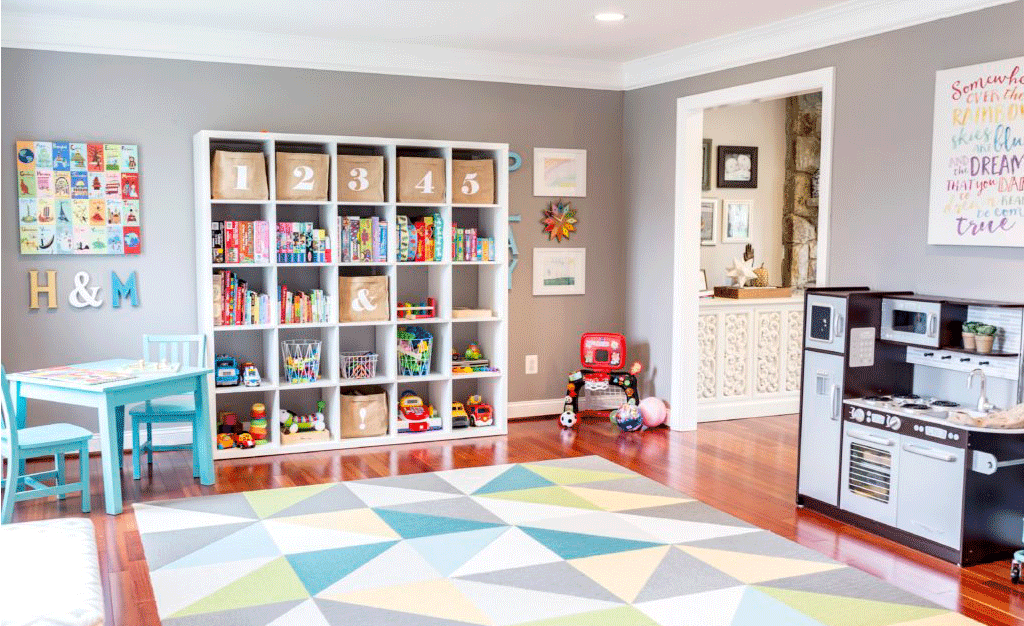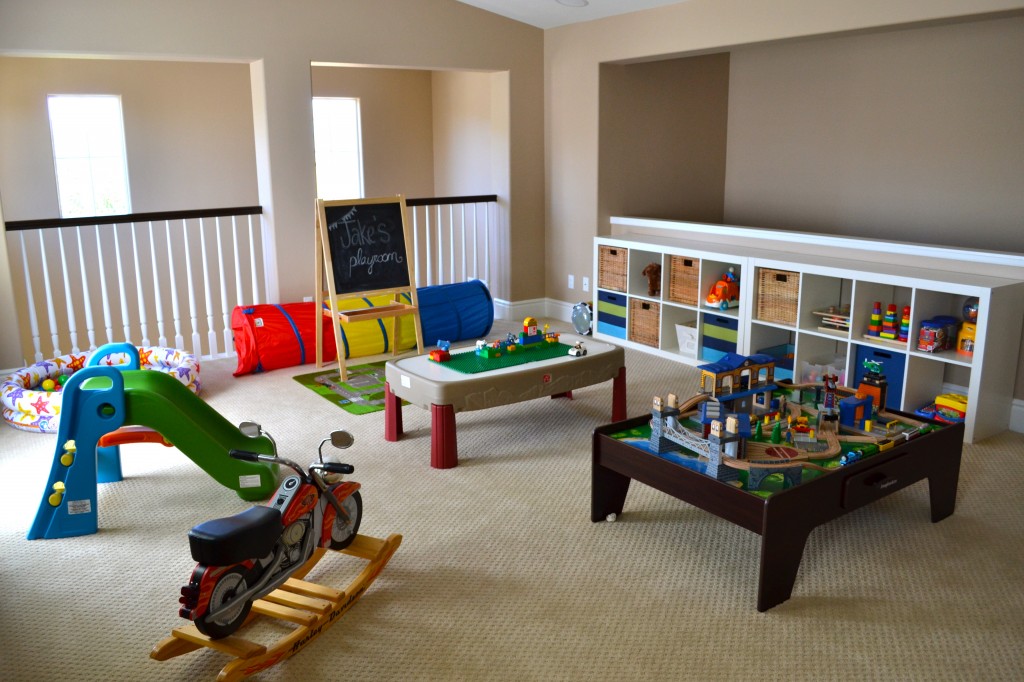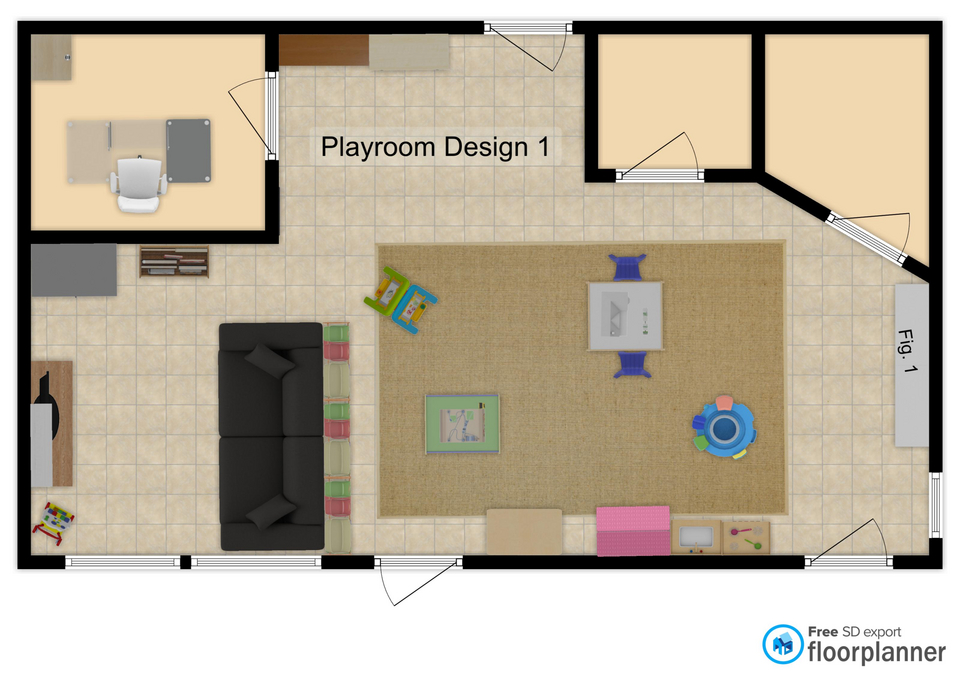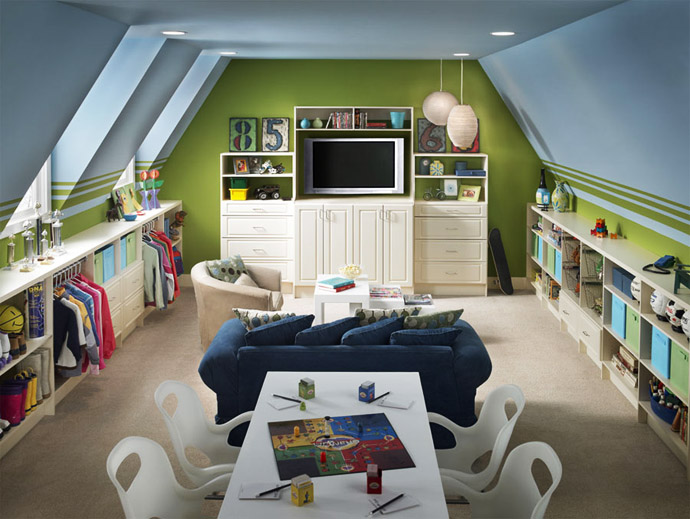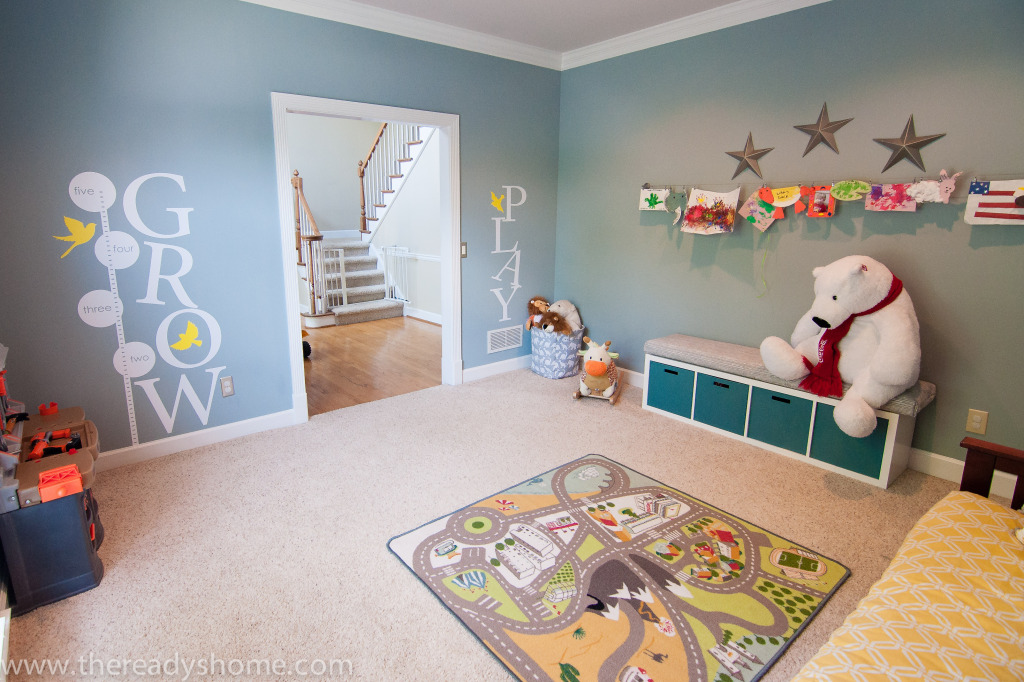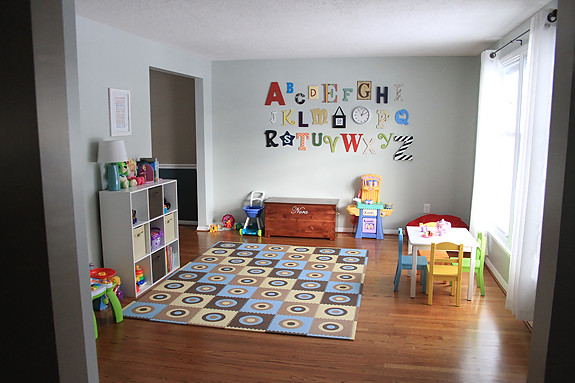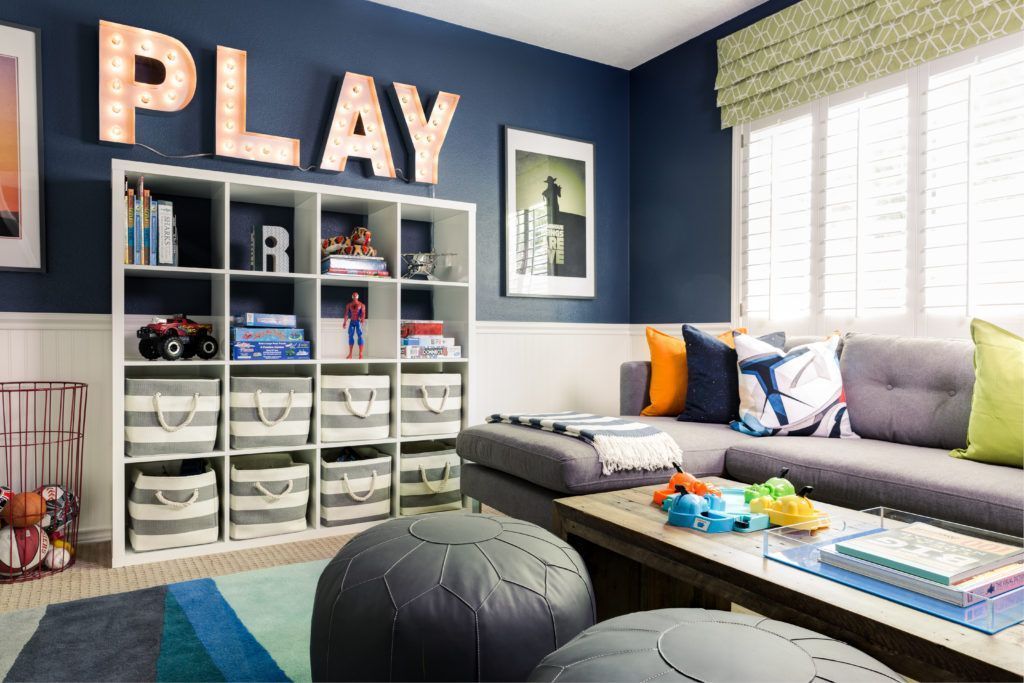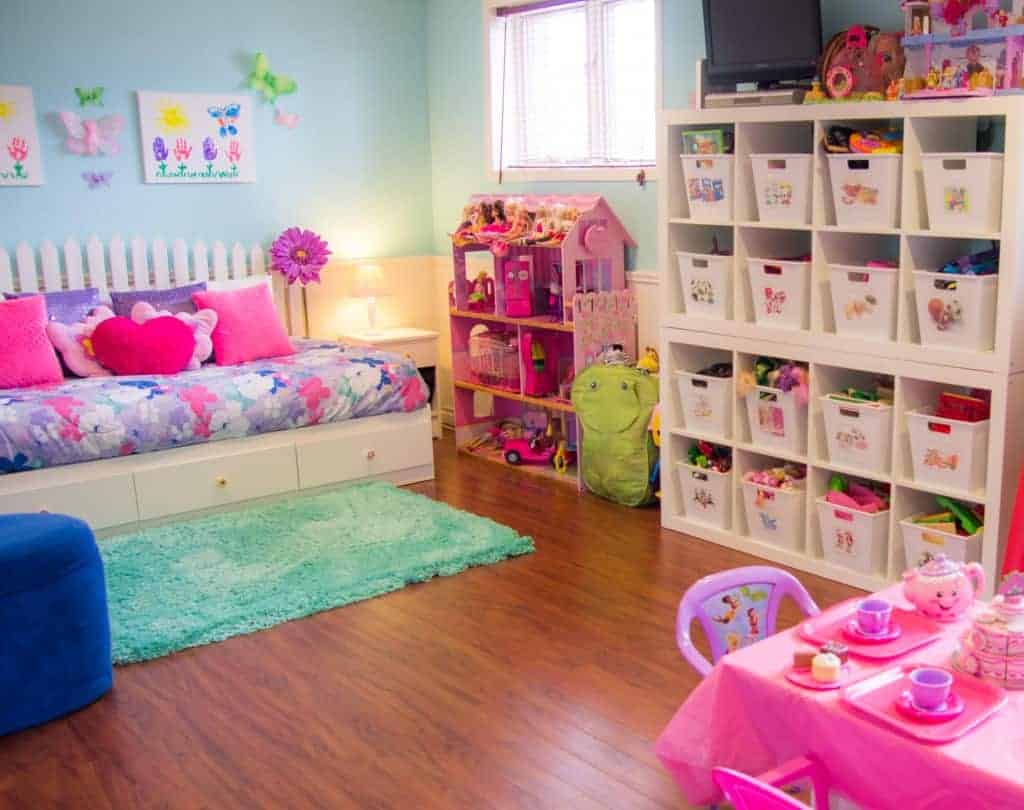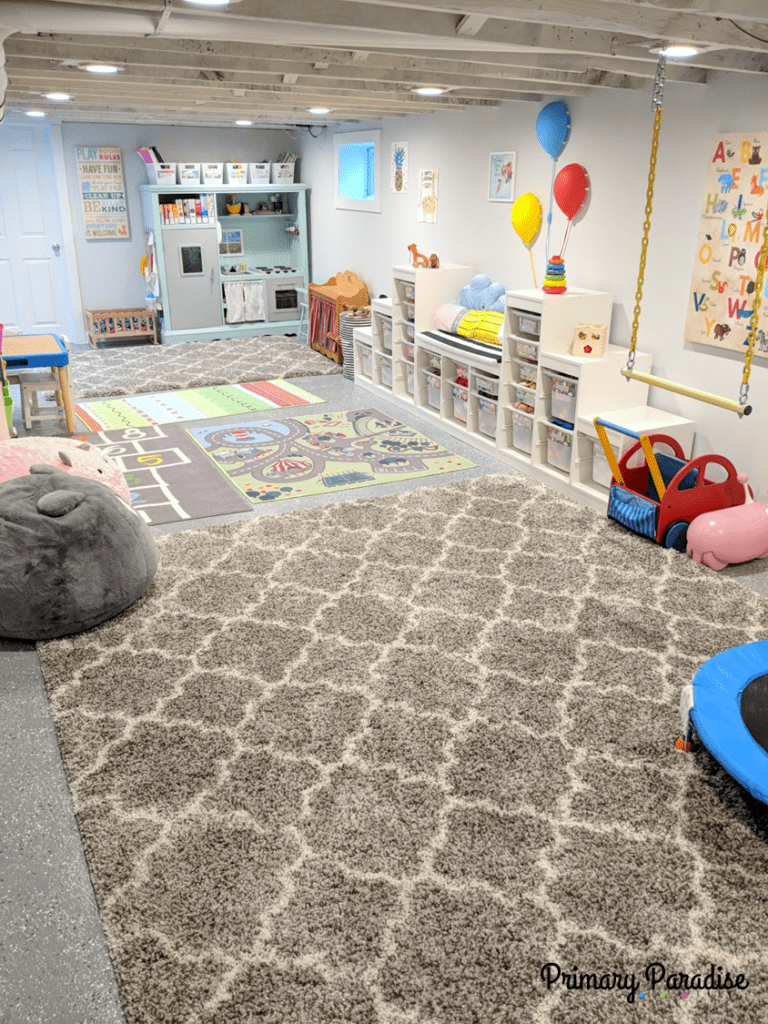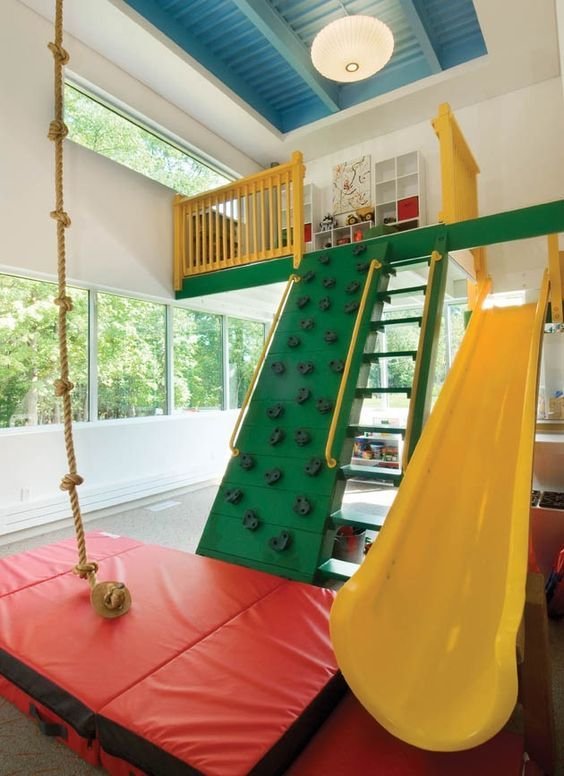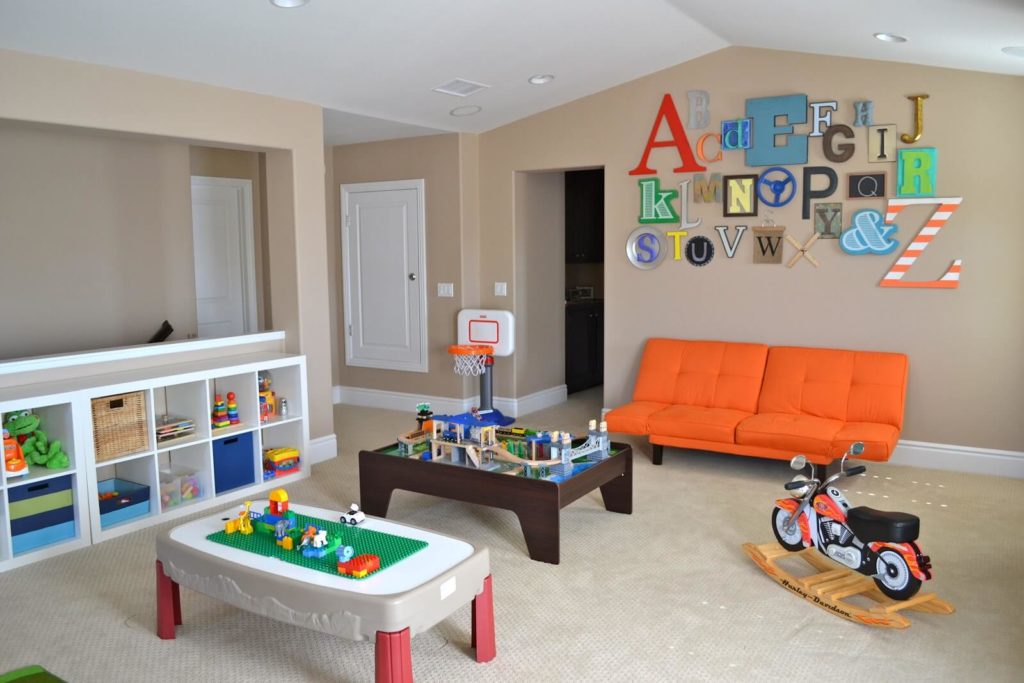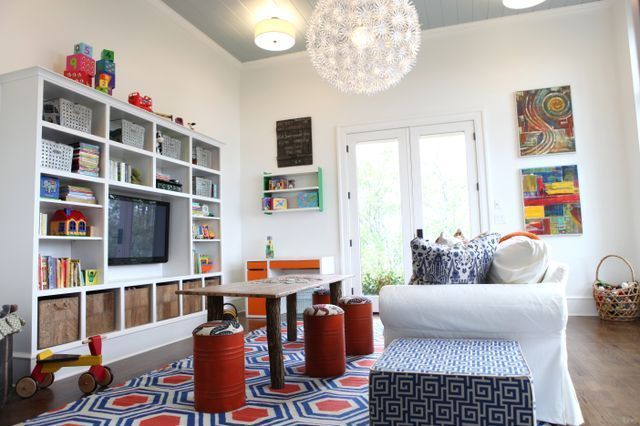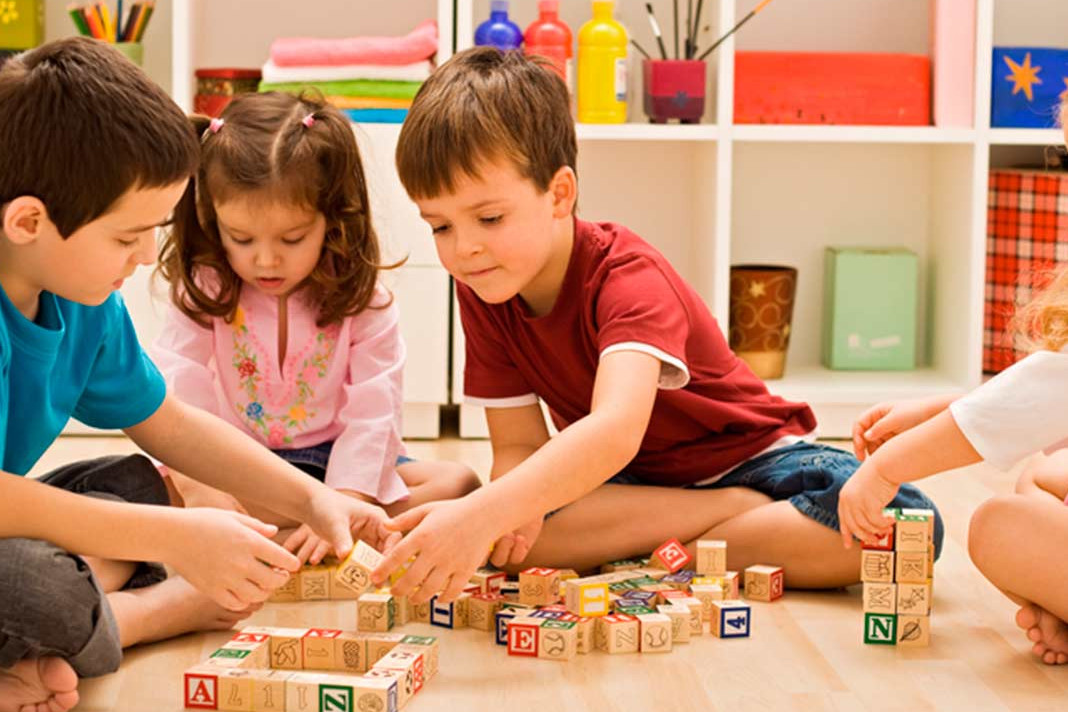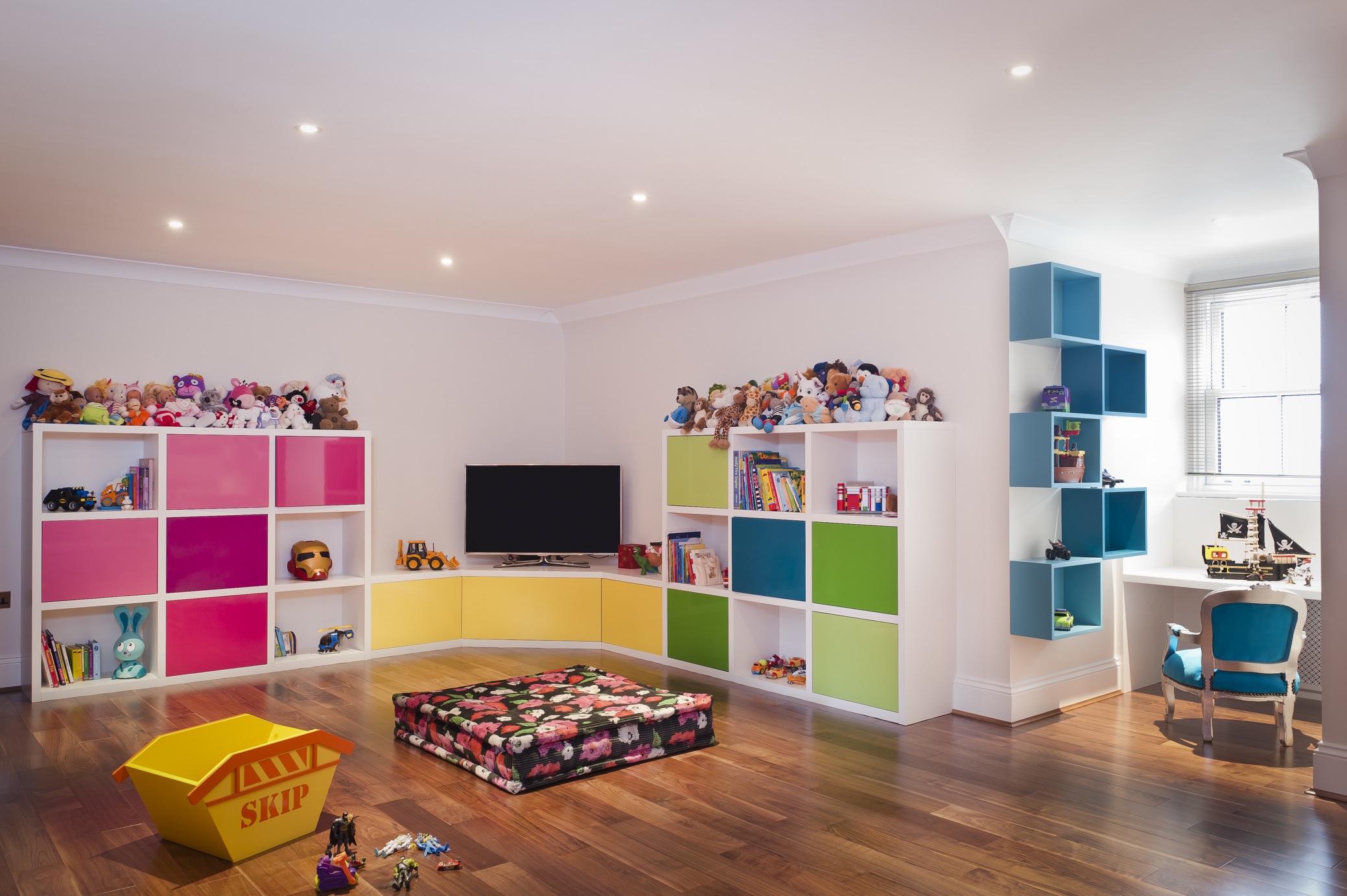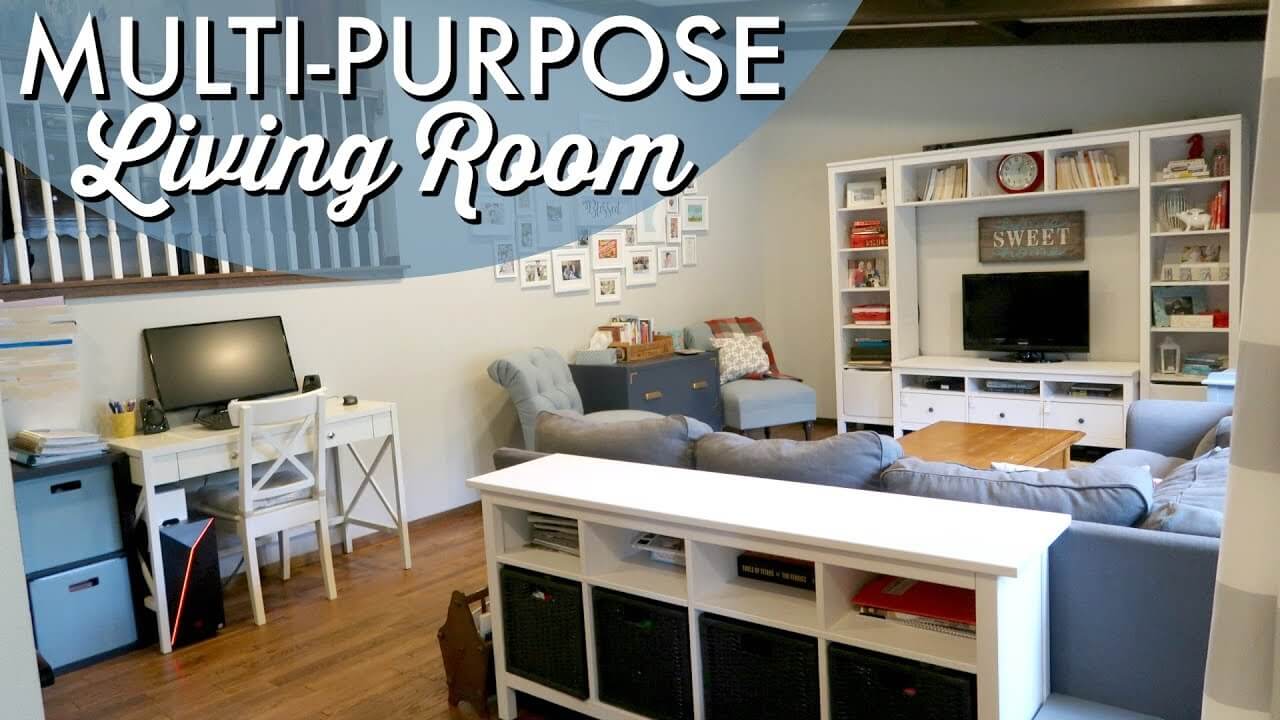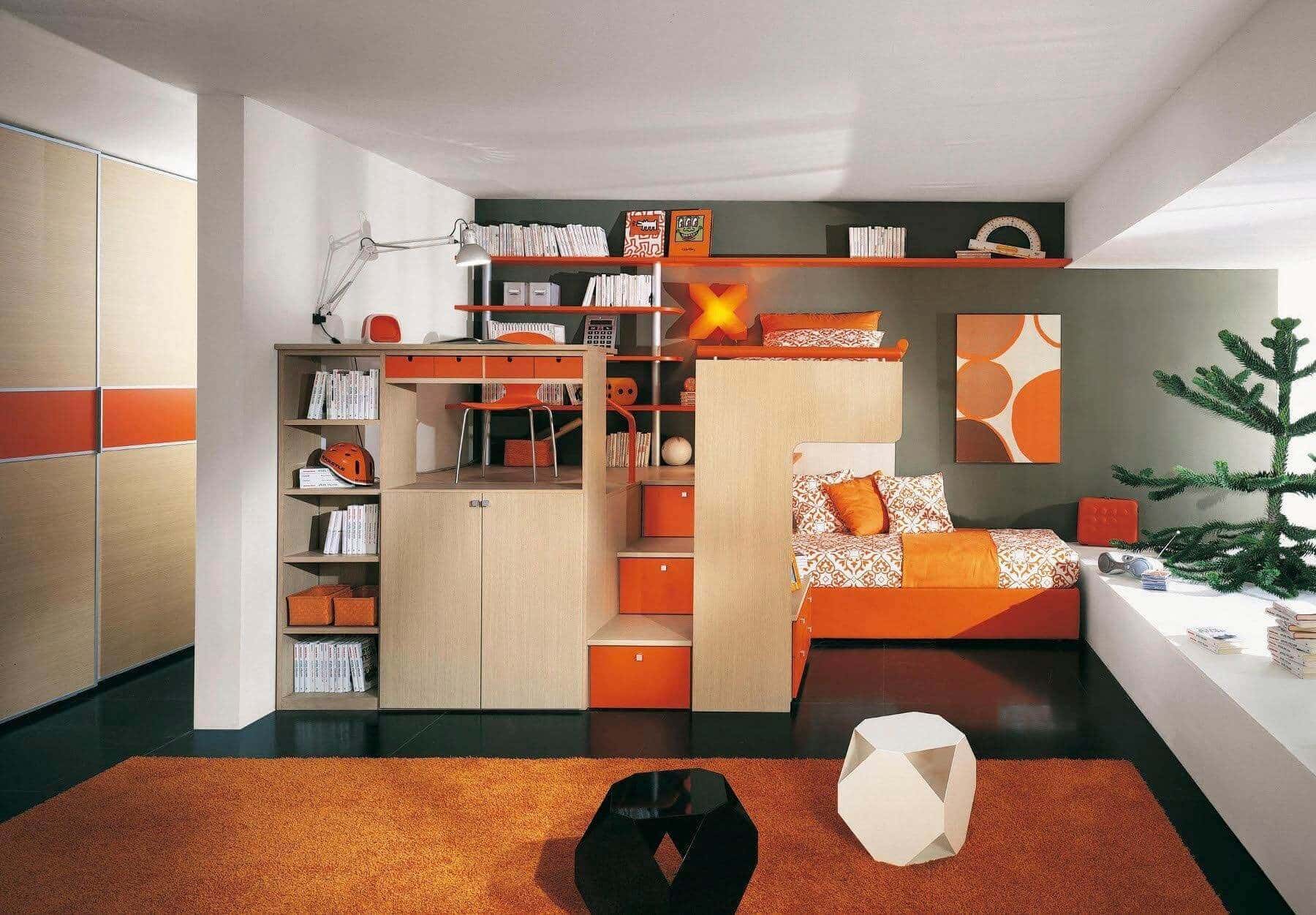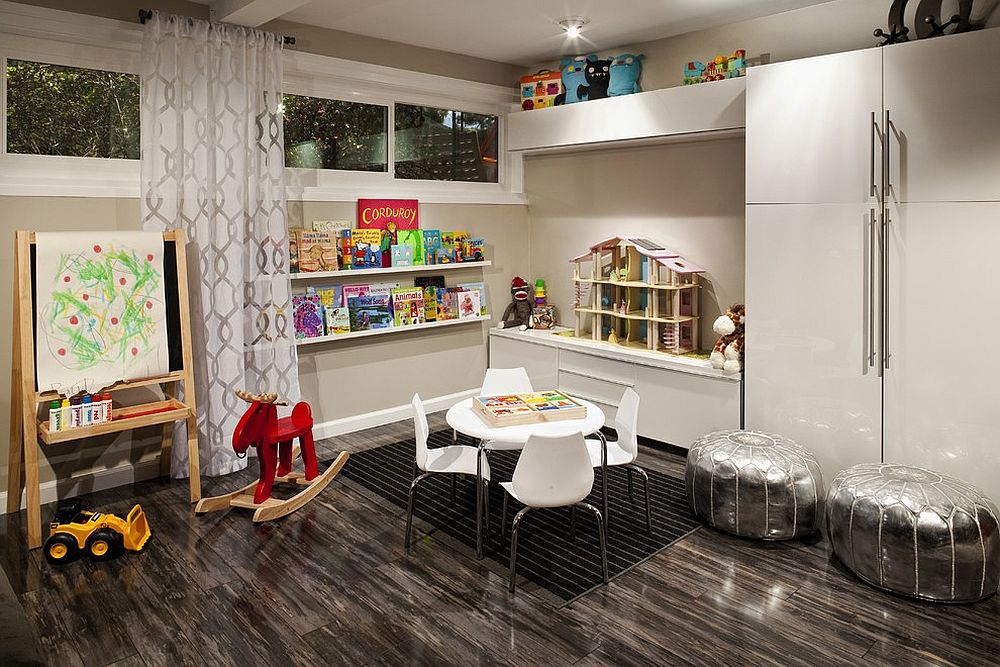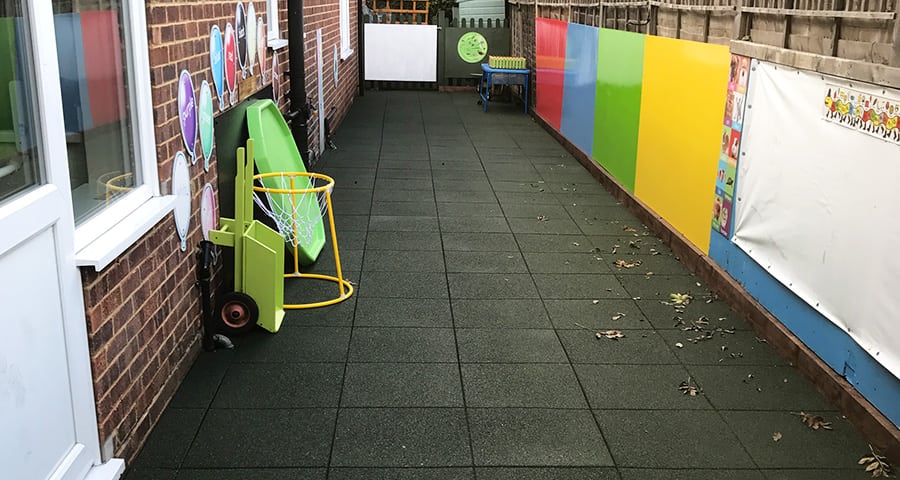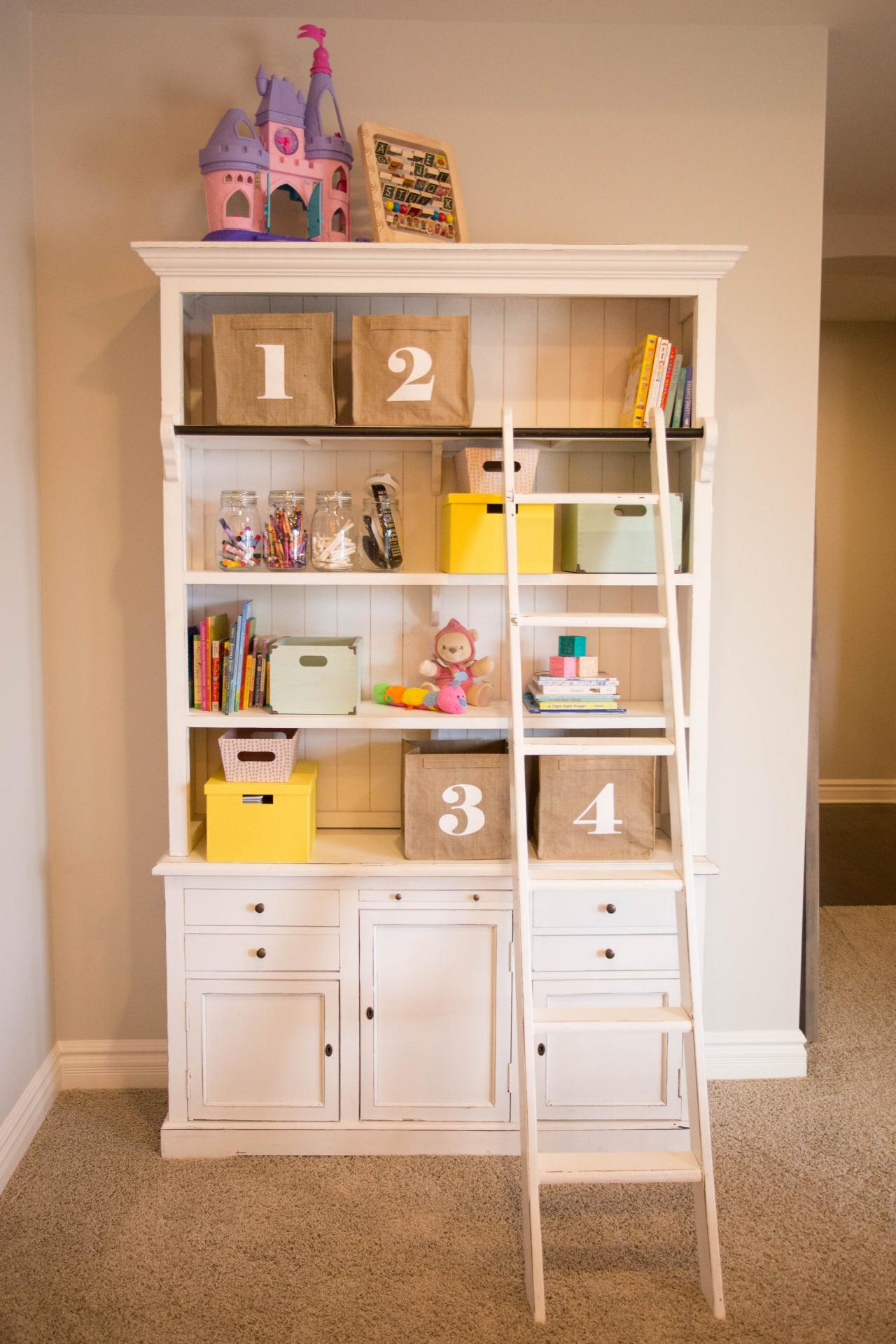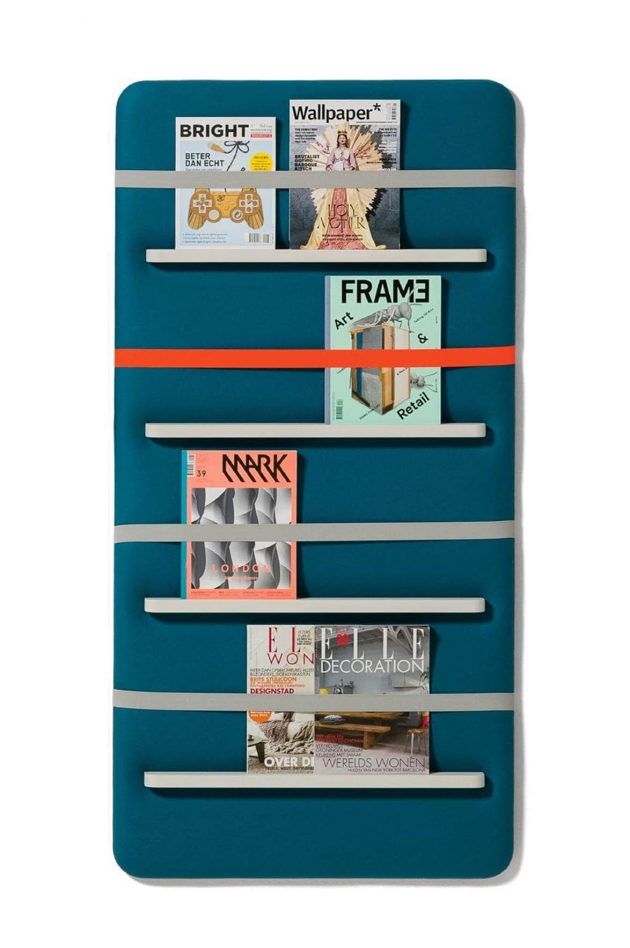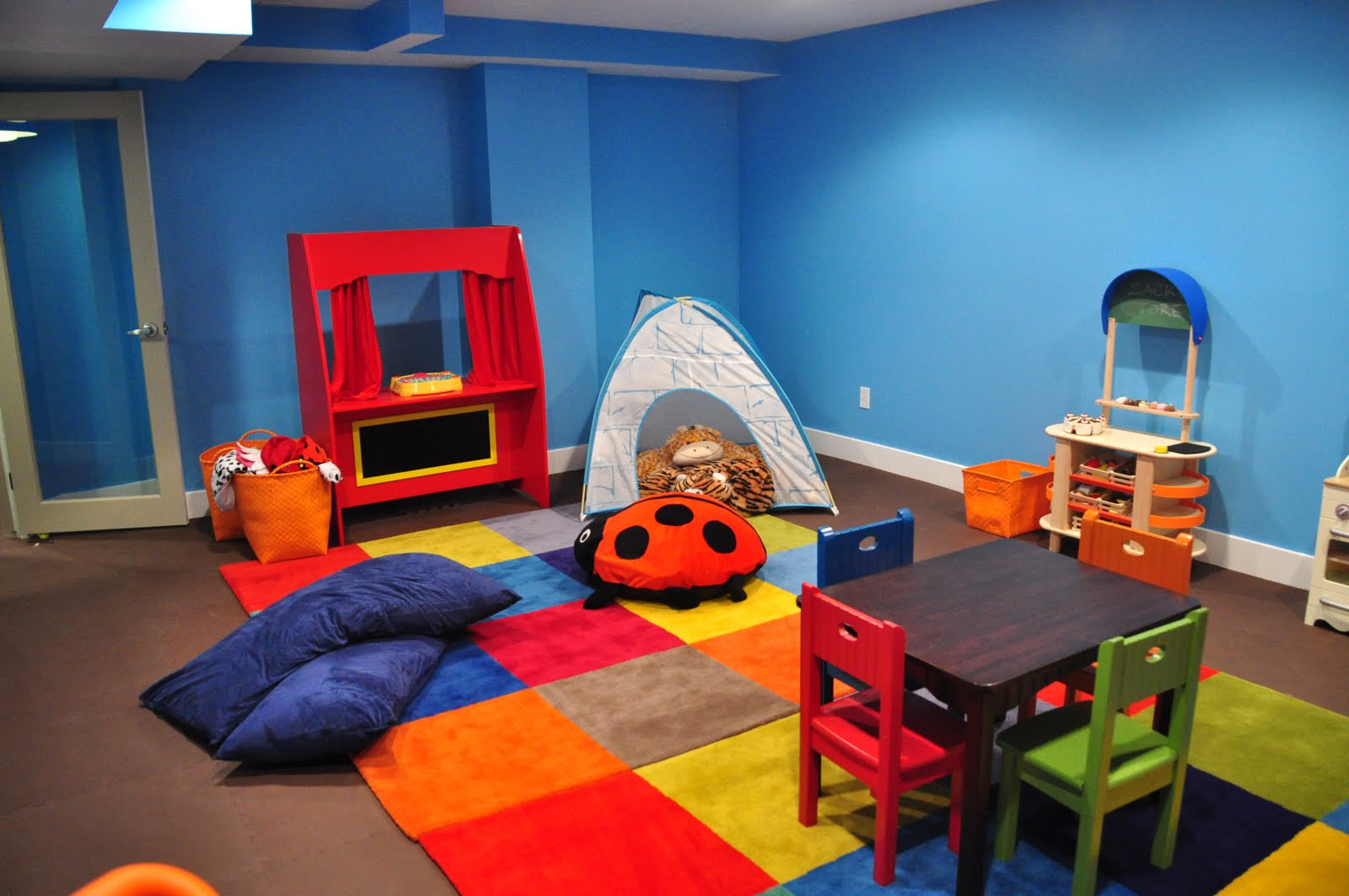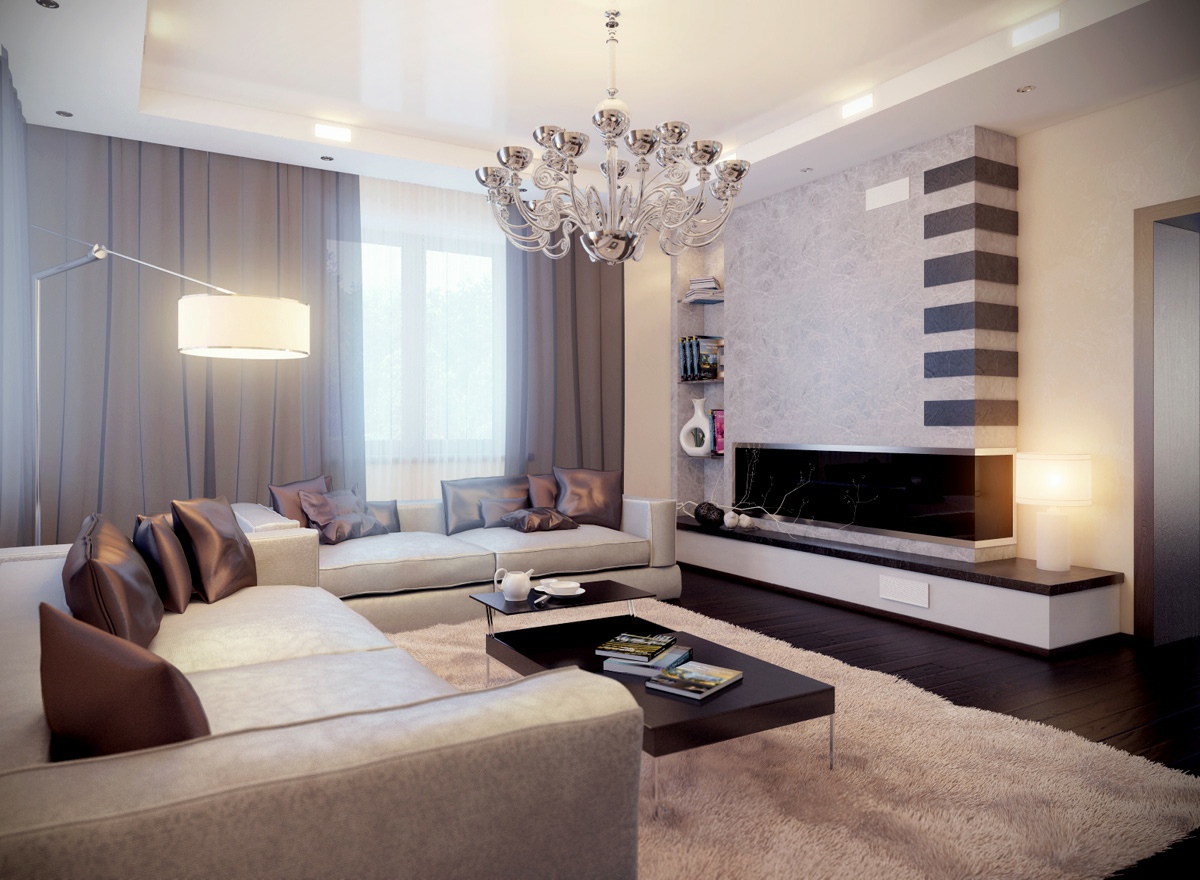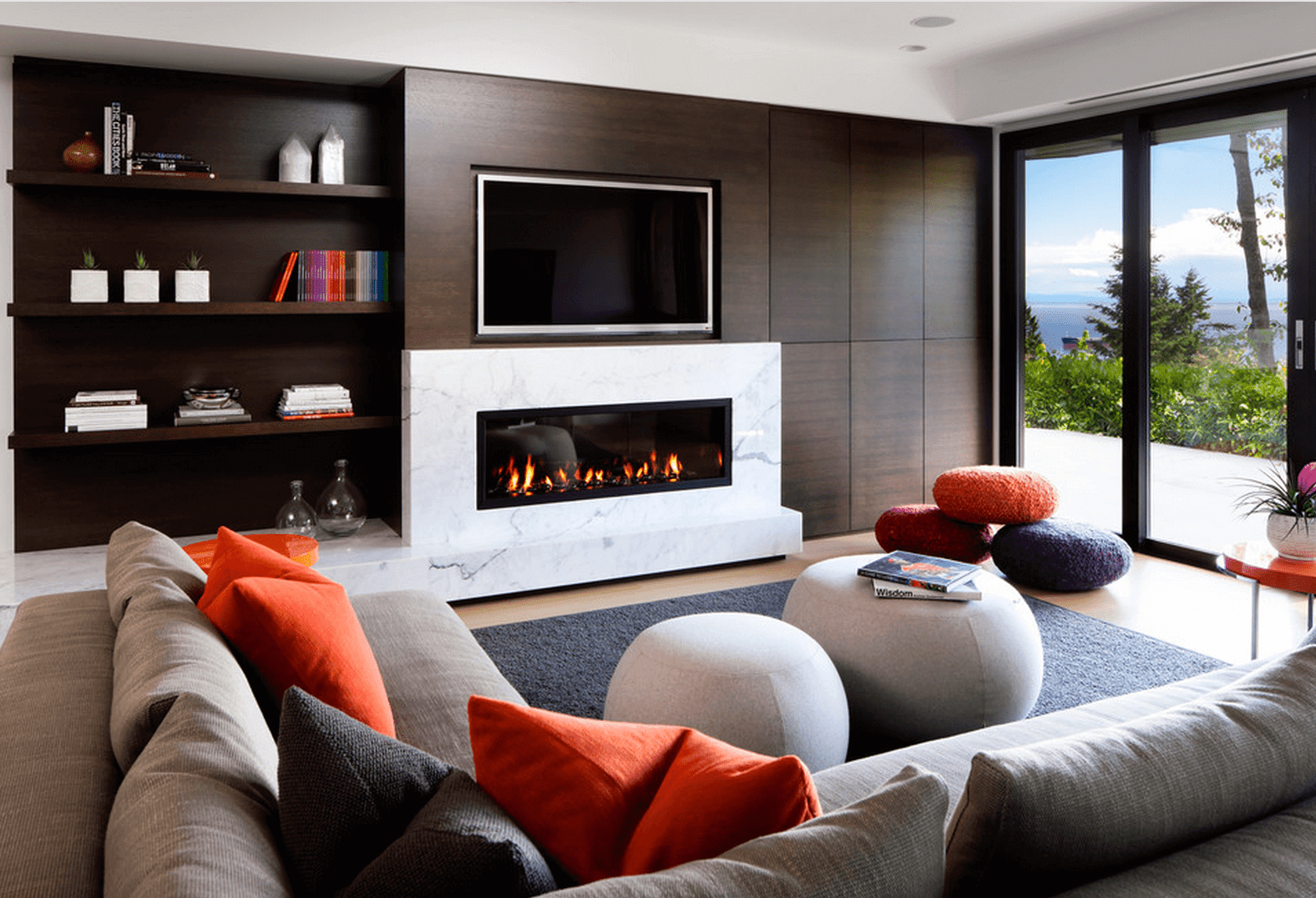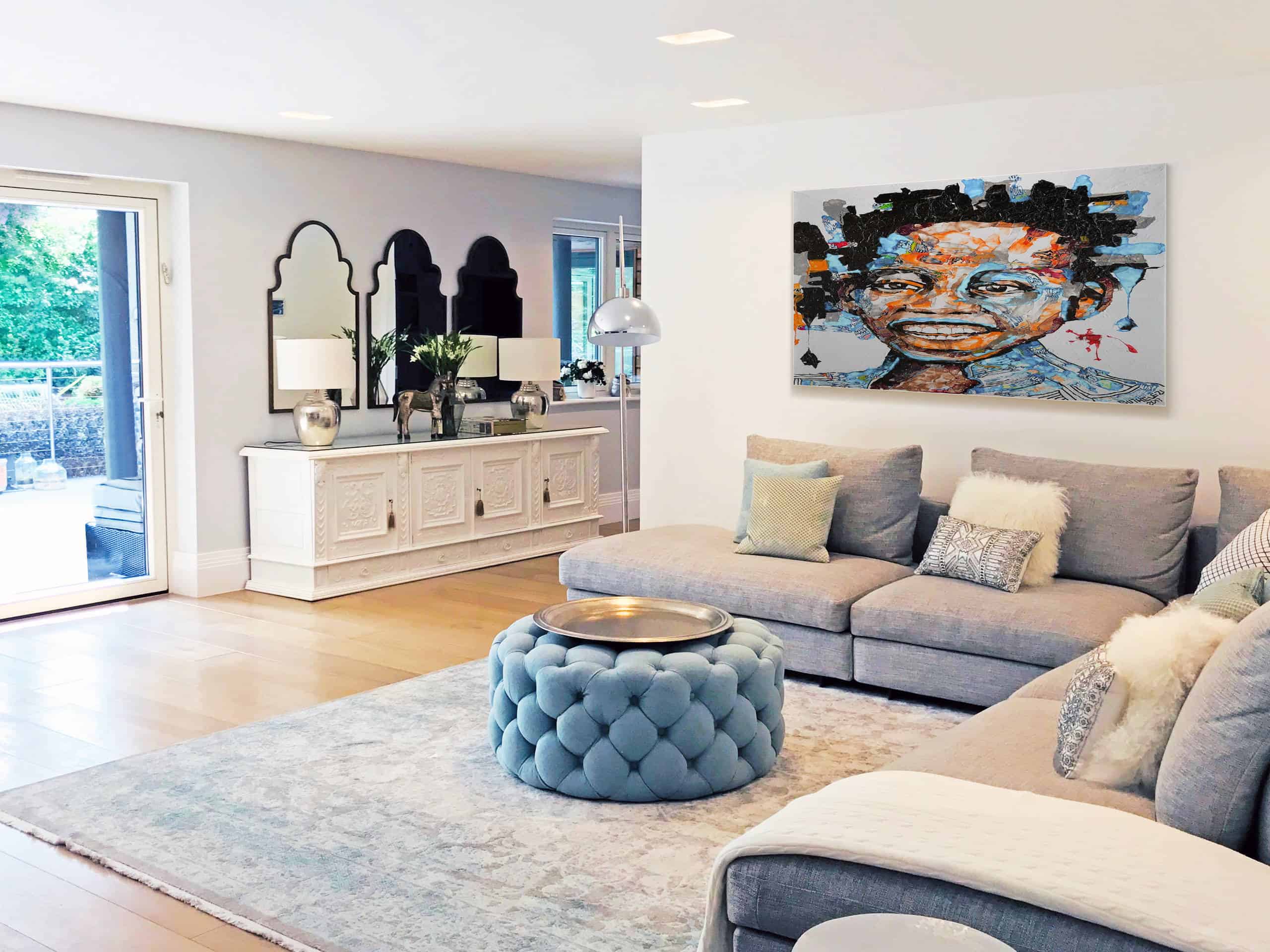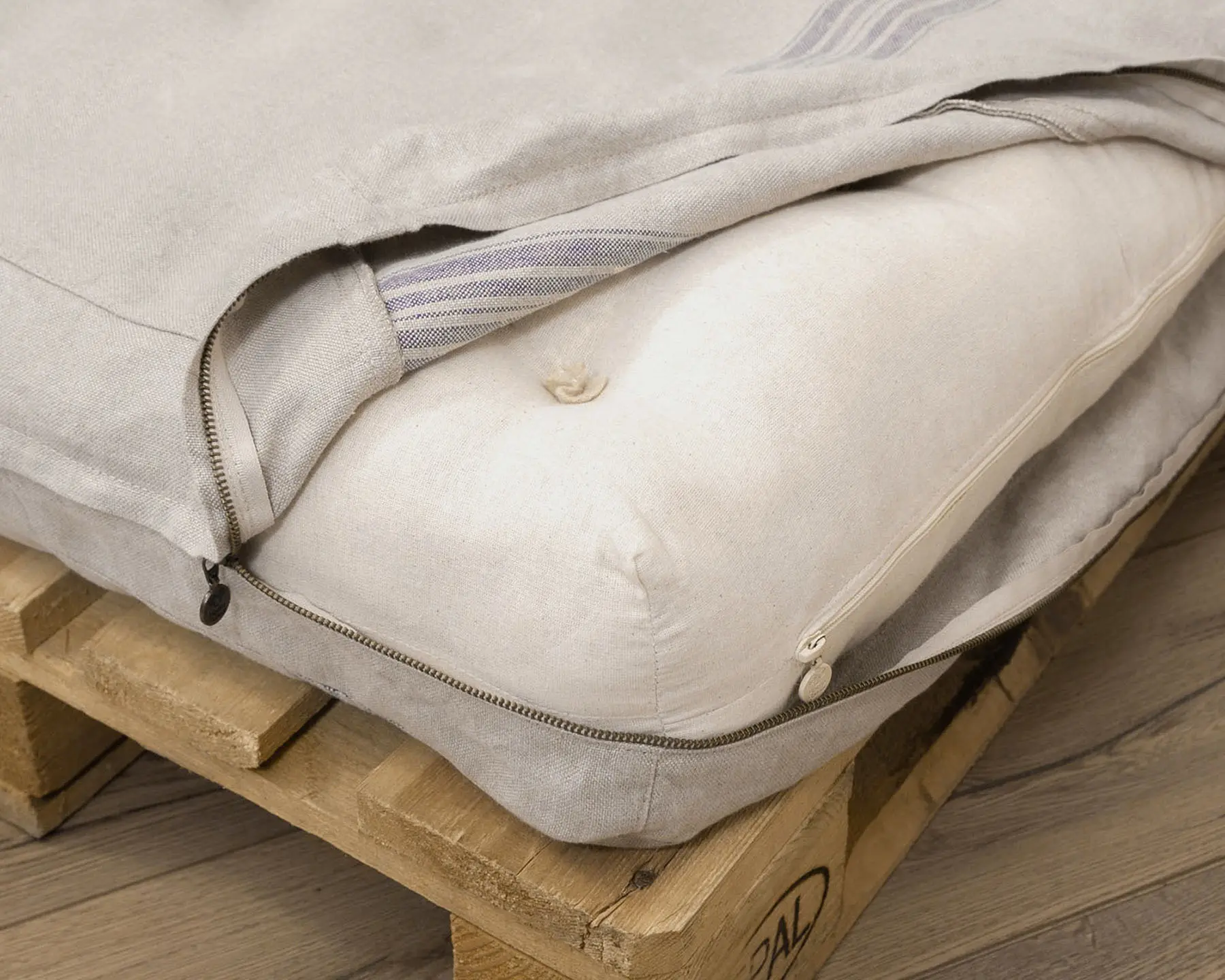If you have a small home or limited space, it can be challenging to find a designated playroom for your kids. However, with a little creativity and some smart design ideas, you can turn your living room into a fun and functional play area for your little ones. Here are some tips and ideas to get you started. First, consider the layout of your living room. Look for unused corners or alcoves that can be transformed into a play space. You can also utilize vertical space by adding shelves or storage units to keep toys and games off the floor. Another important aspect to consider is storage. A clutter-free living room is essential for maintaining a functional playroom. Invest in storage solutions such as baskets, bins, and toy chests to keep toys organized and out of sight when not in use. When it comes to furniture, think multi-functional. Choose pieces that can serve as both seating and storage, such as ottomans or benches with hidden storage compartments. This will help maximize space and keep the room looking tidy. Don't be afraid to get creative with the design of your living room playroom. Add pops of color with playful rugs, cushions, and wall decals. You can also incorporate your child's artwork or crafts into the decor to personalize the space. Remember to consider safety when designing your playroom. Invest in soft, rounded furniture and avoid sharp edges. You can also add soft play mats or area rugs to create a safe play area for your little ones. By following these tips and ideas, you can create a playroom in your living room that is both functional and fun for your kids.1. Creating a Playroom in Your Living Room: Tips and Ideas
Designing a playroom in a small living room requires careful planning and smart use of space. Here are some tips to help you make the most out of your limited space. First, think about the layout of your living room. Consider using a corner or alcove to create a designated play area. You can also utilize vertical space by adding shelves or storage units to keep toys off the floor. When it comes to furniture, choose pieces that are small and multi-functional. A storage ottoman or bench can serve as both seating and storage, helping to maximize space. You can also opt for a small table and chairs for your kids to use for crafting or playing games. Maximize storage by investing in baskets, bins, and toy chests to keep toys organized and out of sight when not in use. You can also use wall shelves or hanging organizers to free up floor space. Add color and personality to the room with playful decor such as wall decals, rugs, and cushions. You can also incorporate your child's artwork or crafts into the design to personalize the space. Lastly, remember to prioritize safety. Choose furniture with soft, rounded edges and add soft play mats or area rugs to create a safe play area for your little ones.2. How to Design a Playroom in a Small Living Room
Transforming your living room into a playroom can seem like a daunting task, but with a step-by-step guide, it can be a fun and rewarding project. Here's how to do it: Step 1: Declutter and assess your living room space. Take inventory of what furniture and items you can keep, what can be repurposed, and what needs to go. Step 2: Consider the layout of the room and decide on a designated play area. This can be a corner, alcove, or even a separate section of the room. Step 3: Invest in multi-functional furniture such as storage ottomans, benches, and tables with hidden storage compartments. Step 4: Maximize storage space with baskets, bins, and toy chests. You can also use wall shelves or hanging organizers to free up floor space. Step 5: Add color and personality to the room with playful decor such as wall decals, rugs, and cushions. Step 6: Prioritize safety by choosing furniture with soft, rounded edges and adding soft play mats or area rugs to create a safe play area for your kids. Step 7: Get creative with the design by incorporating your child's artwork or crafts into the decor. With these steps, you can transform your living room into a functional and fun playroom for your kids to enjoy.3. Transforming Your Living Room into a Playroom: Step-by-Step Guide
If you don't have the luxury of a separate playroom, you may be wondering how to make a playroom and living room combo work for your family. Here are some tips to help you create a space that is both functional and comfortable for everyone. First, establish zones within the room. This can be done with furniture placement, rugs, or even different colors on the walls. This will help create a visual separation between the playroom and living room areas. Invest in multi-functional furniture that can serve both purposes. For example, a coffee table with hidden storage can double as a play surface or a storage ottoman can serve as both seating and a place to store toys. Consider a portable toy storage solution, such as a toy caddy or rolling cart, that can easily be moved from one area to another as needed. Maximize vertical space by adding wall shelves or hanging organizers to keep toys and games off the floor. Lastly, don't be afraid to get creative with the design. Incorporate fun and playful elements that will appeal to both kids and adults. And remember to prioritize safety by choosing furniture with soft edges and adding soft play mats or area rugs to create a safe play area.4. Playroom and Living Room Combo: Making it Work for Your Family
One of the biggest challenges when creating a playroom in your living room is finding storage solutions that are both functional and aesthetically pleasing. Here are some ideas to help you keep your living room/playroom clutter-free: Invest in furniture with hidden storage compartments such as ottomans, benches, or tables. This will help keep toys and games out of sight when not in use. Utilize wall space by adding shelves or hanging organizers. This will free up floor space and keep toys organized and easily accessible. Invest in storage baskets or bins that can be easily moved around the room. This is especially useful if your living room/playroom combo serves multiple purposes. Choose furniture with built-in storage, such as bookshelves with bins or drawers, to keep toys and books organized and within reach. Remember to regularly declutter and rotate toys to keep the space from becoming overwhelmed with clutter.5. Playroom Storage Solutions for a Living Room
A living room playroom doesn't have to be just for fun and games. It can also be a space for learning and educational activities. Here are some ideas to incorporate educational elements into your playroom: Invest in educational toys such as puzzles, building blocks, and board games that promote learning and problem-solving skills. Create a designated reading corner with a comfortable chair, bookshelves, and a variety of books for your child to explore. Incorporate a chalkboard or whiteboard on one of the walls for your child to practice writing and drawing. Use colorful and educational posters or wall decals to add a fun and educational element to the room. Remember to regularly rotate toys and activities to keep your child engaged and interested in learning.6. Incorporating Educational Activities into Your Living Room Playroom
When it comes to furnishing your living room playroom, it's important to choose pieces that are multi-functional and can serve both purposes. Here are some furniture ideas to help you make the most out of your space: Storage ottomans or benches that can double as seating and storage for toys and games. A coffee table with hidden storage compartments that can also serve as a play surface. Small tables and chairs that can be used for crafting or playing games and easily stored when not in use. Modular furniture, such as stackable chairs or tables, that can be easily rearranged to suit different purposes. Furniture with built-in storage, such as bookshelves or cabinets, to keep toys and books organized and out of sight.7. Playroom Furniture Ideas for a Multi-Functional Living Room
Safety should always be a top priority when designing a playroom in your living room. Here are some tips to create a safe and fun play area for your kids: Choose furniture with soft, rounded edges to prevent injuries. You can also add corner guards to sharp edges for added safety. Add soft play mats or area rugs to create a safe play area for your kids to crawl, roll, and play on. Regularly check toys for any broken or loose parts and remove them immediately to prevent accidents. Keep electrical outlets covered and secured to prevent little hands from getting hurt. Set rules and boundaries for playtime to ensure your child's safety and well-being.8. Creating a Safe and Fun Play Area in Your Living Room
With a playroom in your living room, it's essential to have a system in place to keep the room organized and clutter-free. Here are some tips to help you maintain an organized living room/playroom space: Invest in storage solutions such as baskets, bins, and toy chests to keep toys and games organized and out of sight when not in use. Regularly declutter and rotate toys to prevent the room from becoming overwhelmed with clutter. Use labels or picture labels on storage bins to help your child easily identify where toys belong. Encourage your child to clean up after themselves by making it a part of their playtime routine. Regularly assess and adjust your storage solutions as your child's toy collection grows and changes.9. How to Keep Your Living Room Organized with a Playroom
Just because your living room is now a playroom doesn't mean it can't be stylish. Here are some decor ideas to help you create a fun and stylish living room/playroom: Add pops of color with playful rugs, cushions, and wall decals. Incorporate your child's artwork or crafts into the decor to personalize the space. Choose furniture with fun and unique designs to add a playful element to the room. Use wall shelves to display your child's favorite toys or books. Add a touch of whimsy with a teepee or play tent in the room. Remember to regularly update the decor to match your child's interests and personality.10. Playroom Decor Ideas for a Stylish Living Room
Creating a Multifunctional Space: The Benefits of Having a Playroom in Your Living Room

The Importance of Play in a Child's Development
 As parents, we all want the best for our children. We want them to grow up to be happy, healthy, and well-rounded individuals. And one of the key components to achieving this is through play. Play is an essential part of a child's development as it helps them learn valuable skills such as problem-solving, creativity, and social interaction. However, with the limited space in our homes, creating a separate playroom may seem like a luxury. But what if we told you that you can have a playroom right in your living room?
As parents, we all want the best for our children. We want them to grow up to be happy, healthy, and well-rounded individuals. And one of the key components to achieving this is through play. Play is an essential part of a child's development as it helps them learn valuable skills such as problem-solving, creativity, and social interaction. However, with the limited space in our homes, creating a separate playroom may seem like a luxury. But what if we told you that you can have a playroom right in your living room?
The Advantages of Having a Playroom in Your Living Room
 Having a designated play area in your living room may seem like an unconventional idea, but it actually has several advantages. For one, it allows you to keep a close eye on your children while they play, ensuring their safety and well-being. It also promotes family bonding as you can join in on the fun and play with your children. Additionally, having a playroom in your living room encourages your child to be more independent and responsible as they learn to tidy up their toys and keep the space organized.
Having a designated play area in your living room may seem like an unconventional idea, but it actually has several advantages. For one, it allows you to keep a close eye on your children while they play, ensuring their safety and well-being. It also promotes family bonding as you can join in on the fun and play with your children. Additionally, having a playroom in your living room encourages your child to be more independent and responsible as they learn to tidy up their toys and keep the space organized.
Maximizing Space and Functionality
 One of the main concerns when it comes to having a playroom in the living room is the space it takes up. However, with the right design and organization, you can easily create a multifunctional space that serves both as a living room and a playroom. You can opt for furniture with hidden storage compartments to keep toys and games out of sight when not in use. You can also use colorful storage bins and shelves to add a playful touch to the room while keeping it organized.
Featured Keywords: playroom in living room, multifunctional space, child's development, designated play area, family bonding, organization, hidden storage, colorful storage bins, shelves.
One of the main concerns when it comes to having a playroom in the living room is the space it takes up. However, with the right design and organization, you can easily create a multifunctional space that serves both as a living room and a playroom. You can opt for furniture with hidden storage compartments to keep toys and games out of sight when not in use. You can also use colorful storage bins and shelves to add a playful touch to the room while keeping it organized.
Featured Keywords: playroom in living room, multifunctional space, child's development, designated play area, family bonding, organization, hidden storage, colorful storage bins, shelves.
Designing a Playroom in Your Living Room
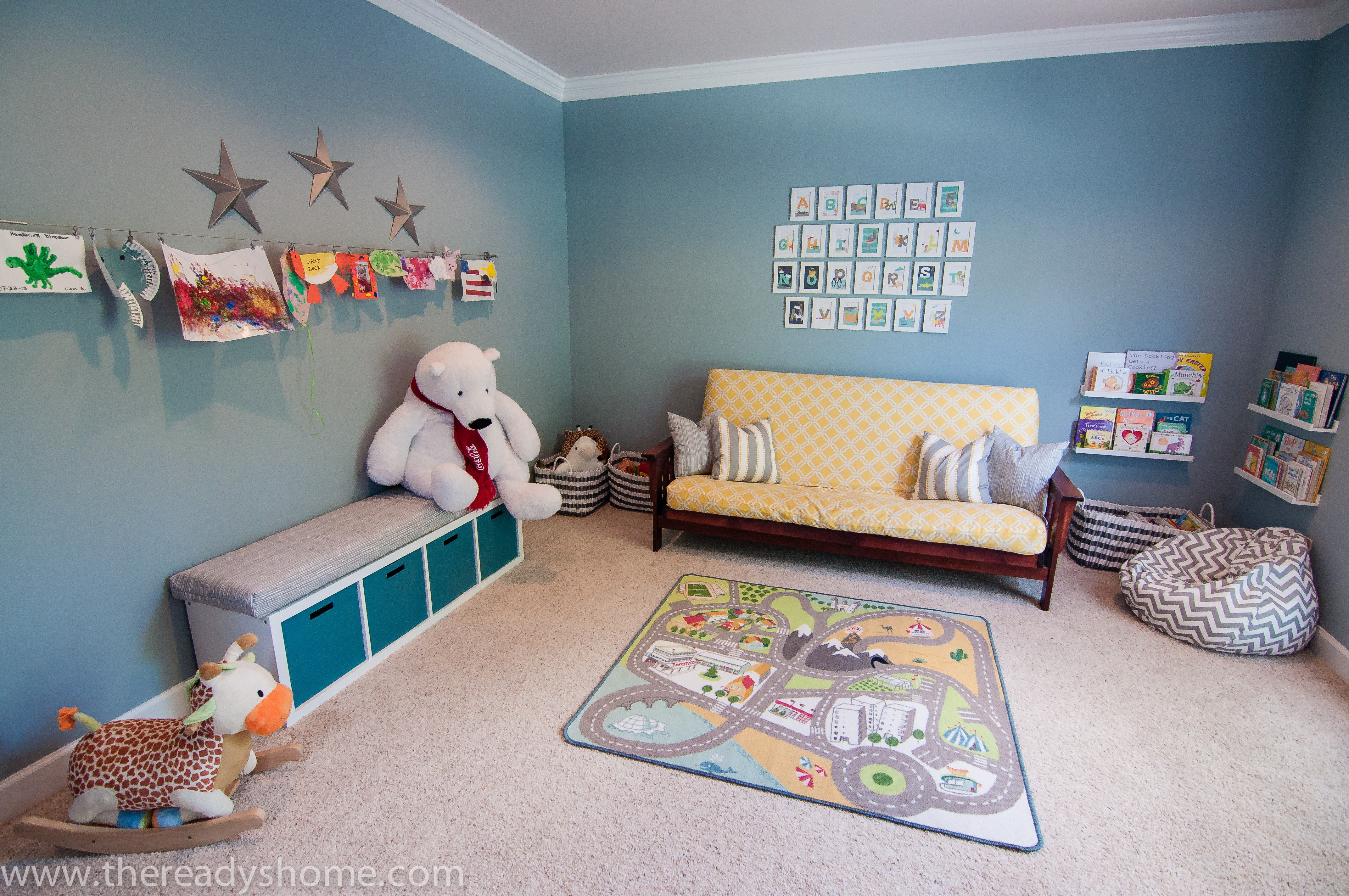 When designing a playroom in your living room, it's important to consider the overall theme and style of your home. You want the space to seamlessly blend in with the rest of your living room while still being fun and inviting for your child. You can incorporate your child's favorite colors and interests into the design, such as using themed wall decals or adding a cozy reading nook with their favorite books. Remember, the key is to create a space that both you and your child will love.
When designing a playroom in your living room, it's important to consider the overall theme and style of your home. You want the space to seamlessly blend in with the rest of your living room while still being fun and inviting for your child. You can incorporate your child's favorite colors and interests into the design, such as using themed wall decals or adding a cozy reading nook with their favorite books. Remember, the key is to create a space that both you and your child will love.





